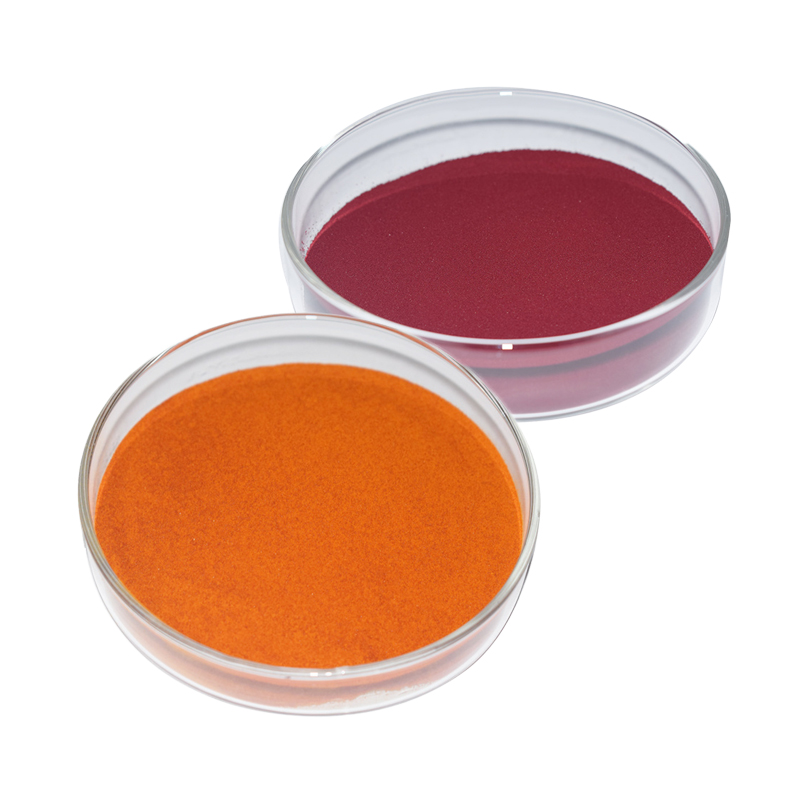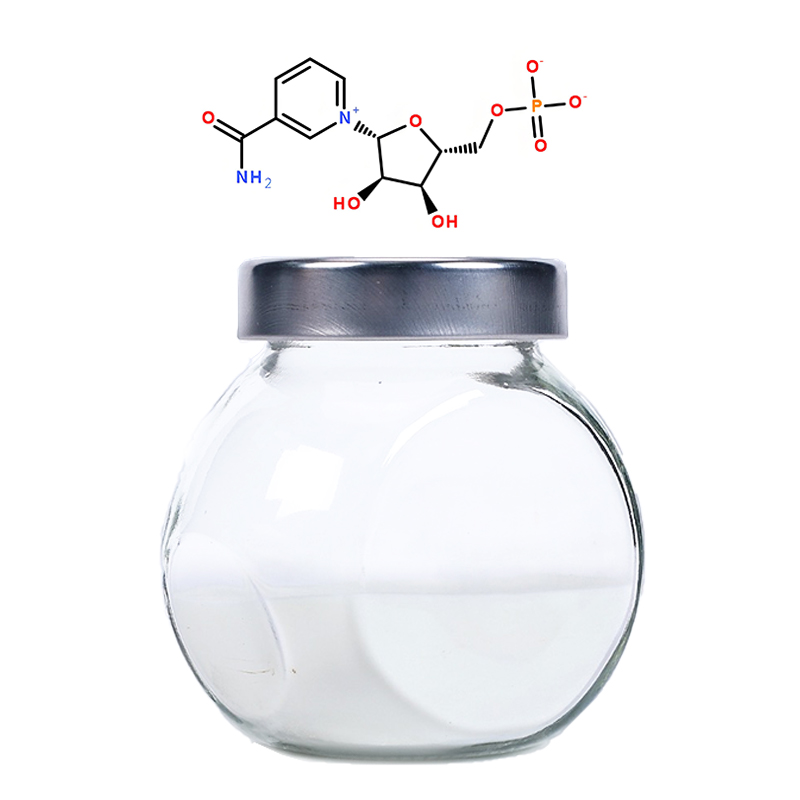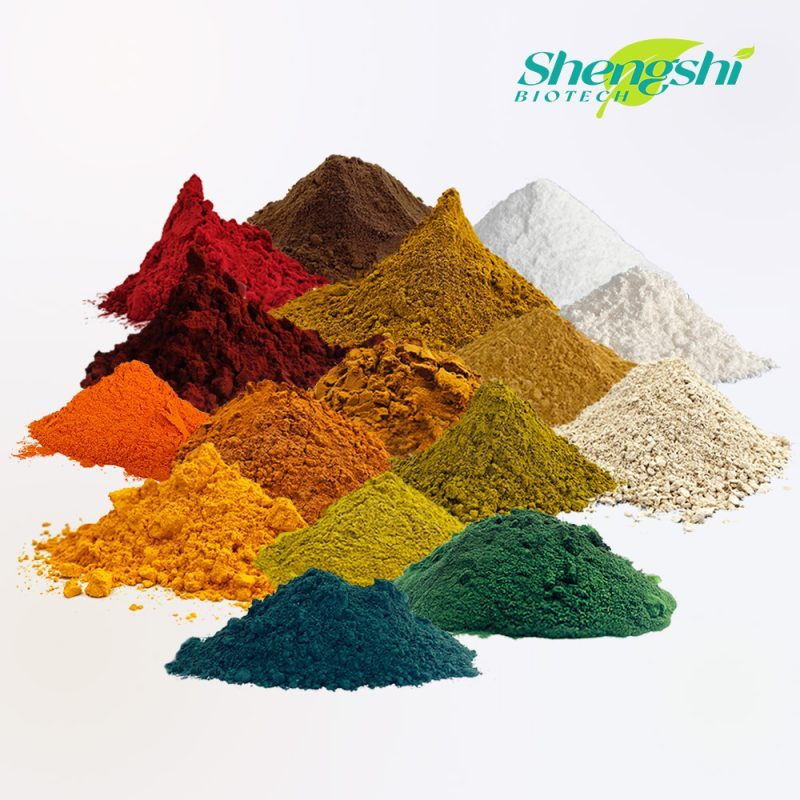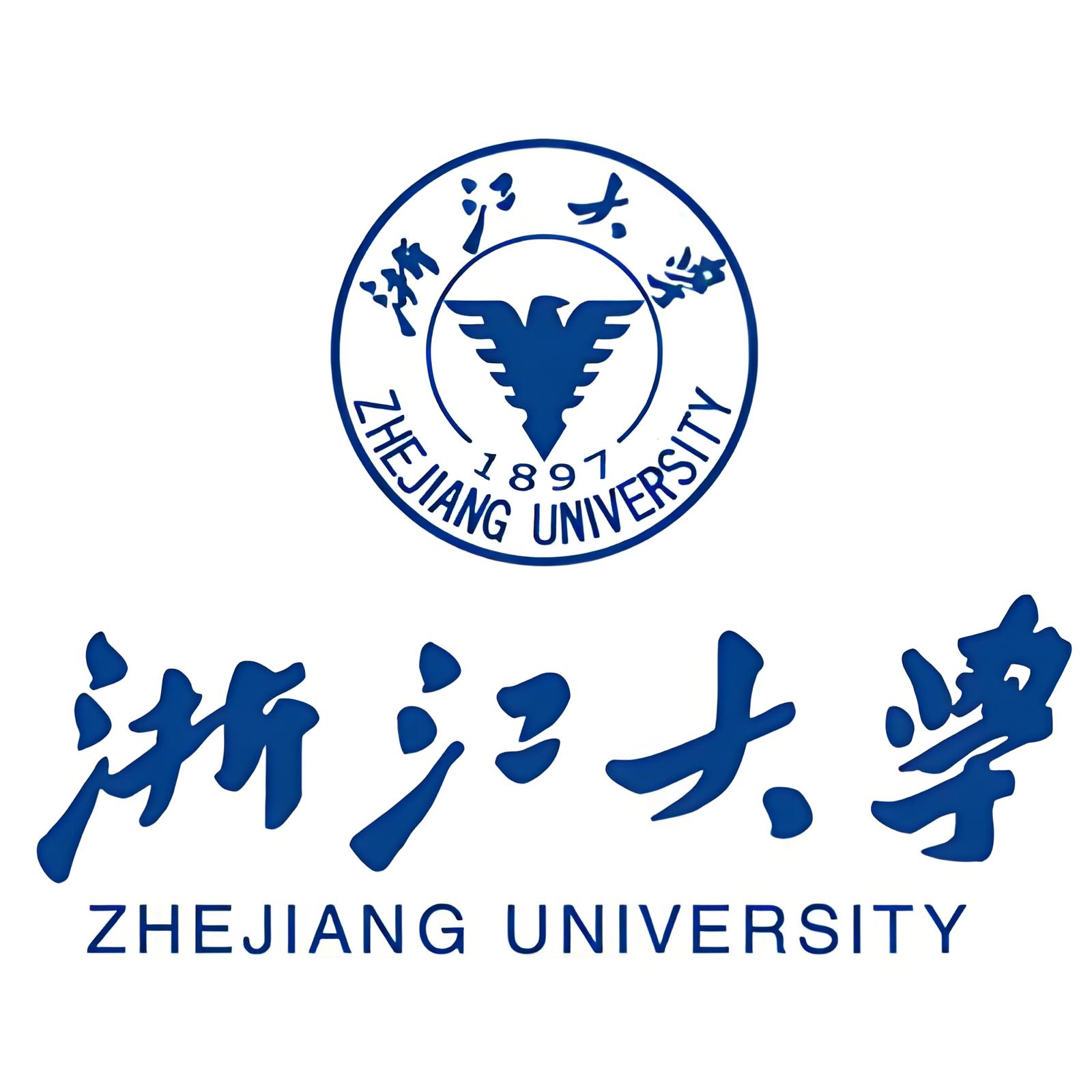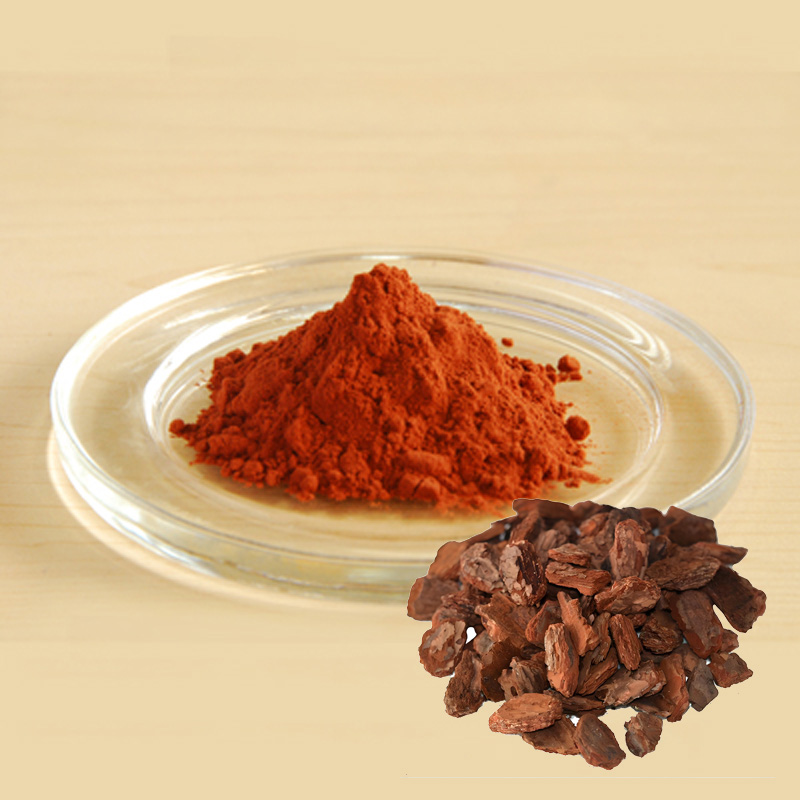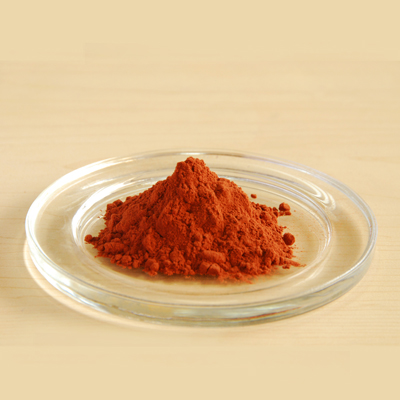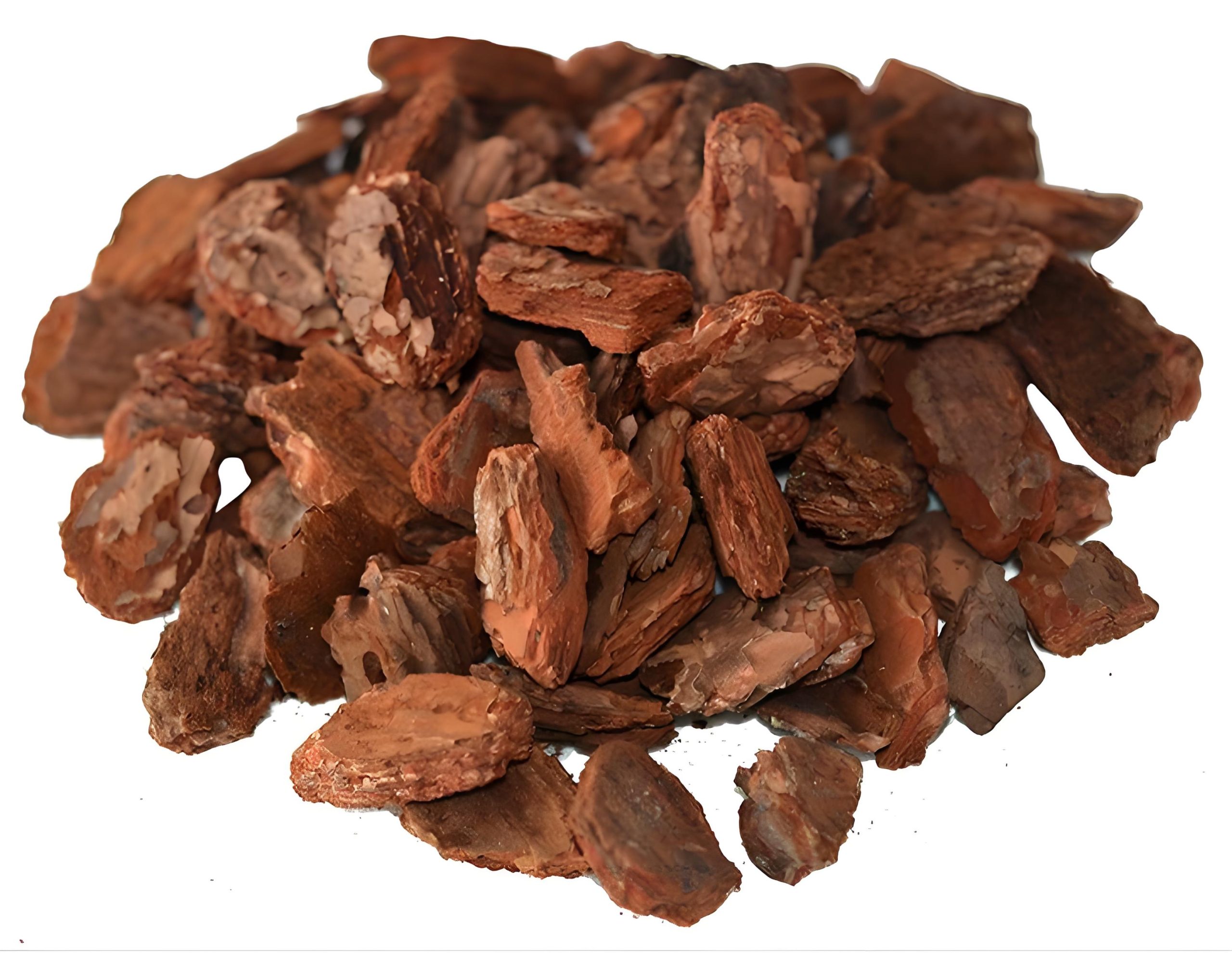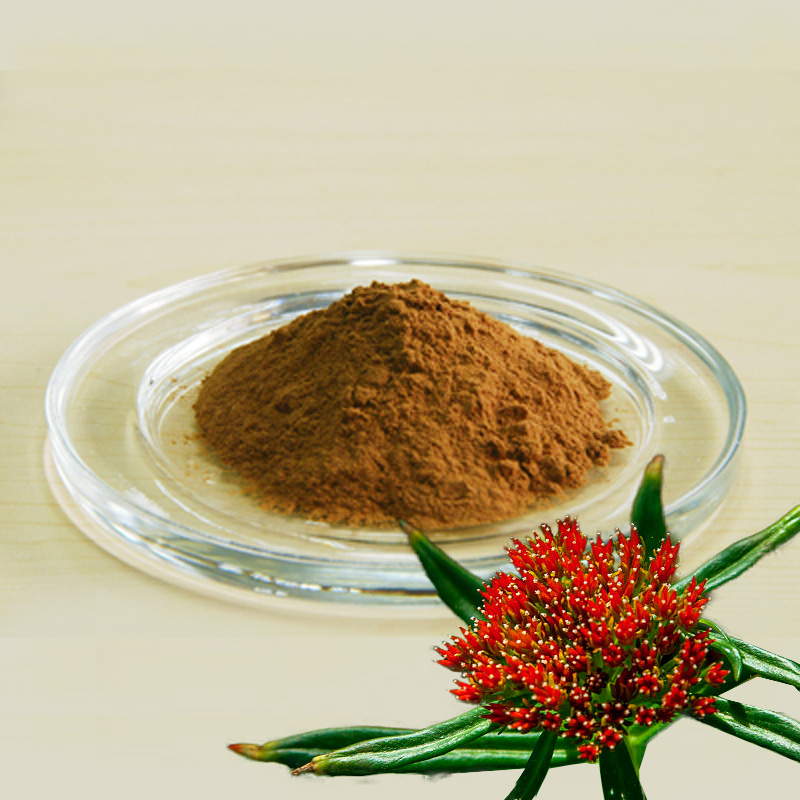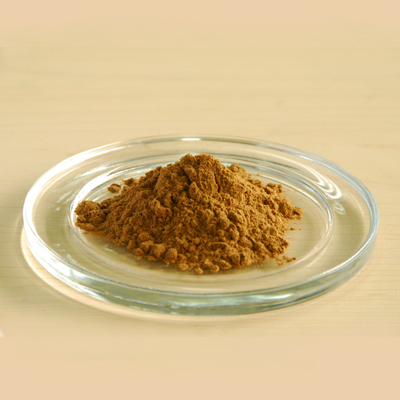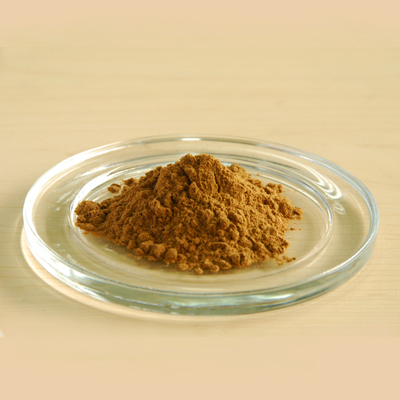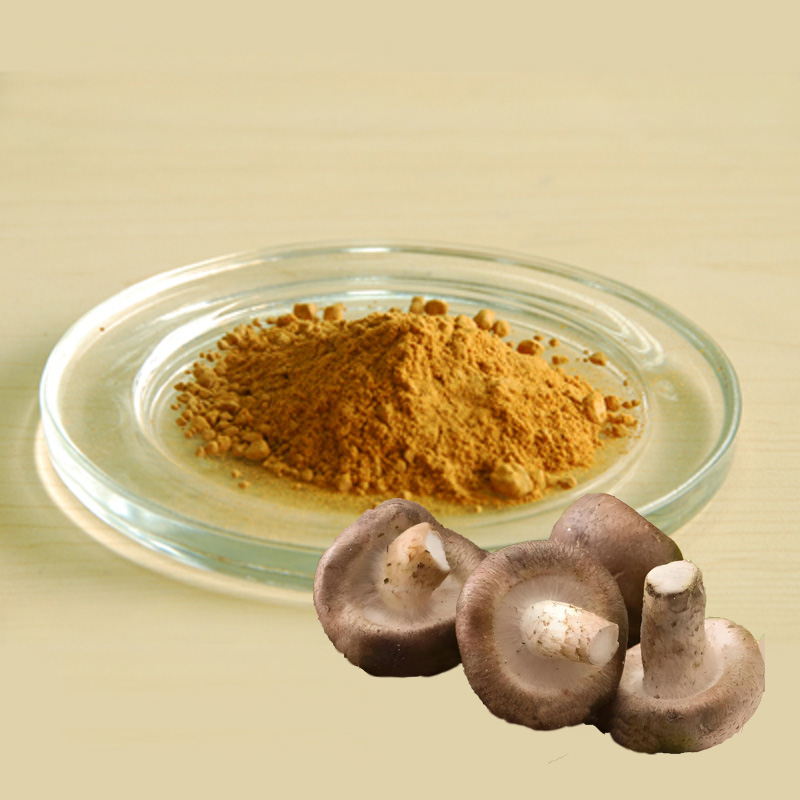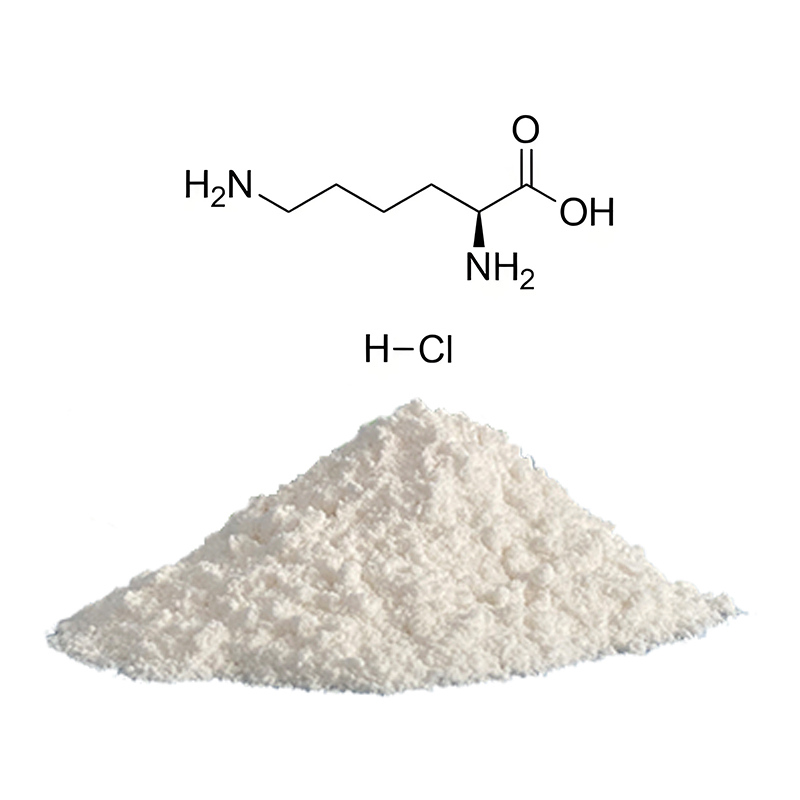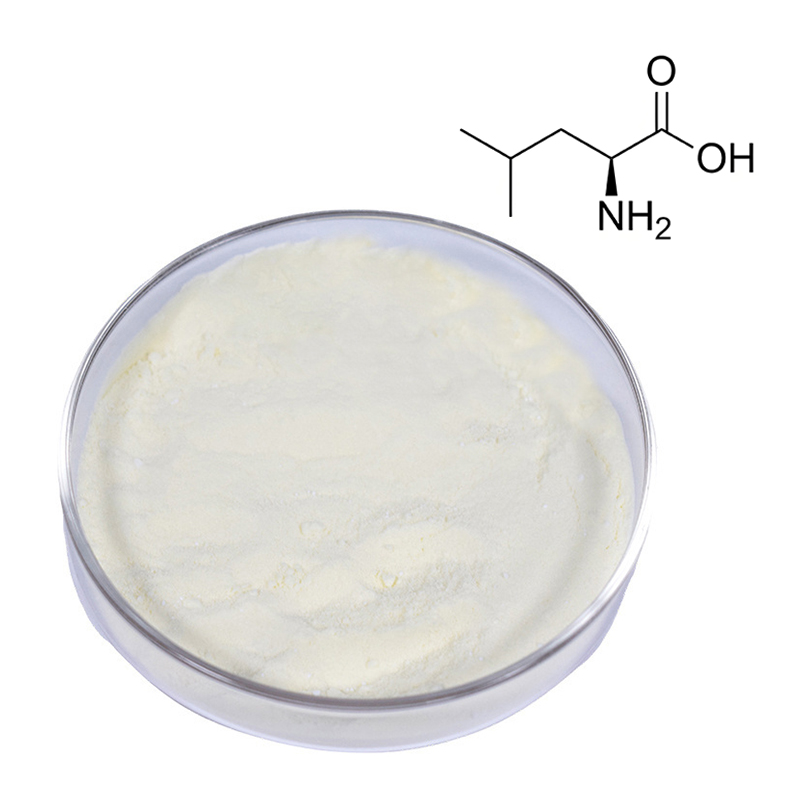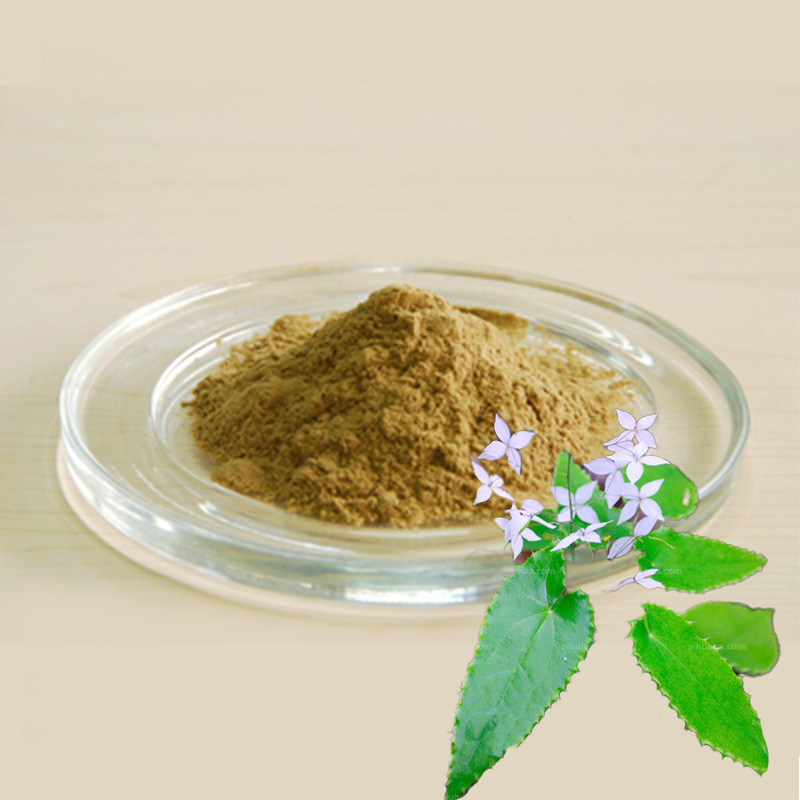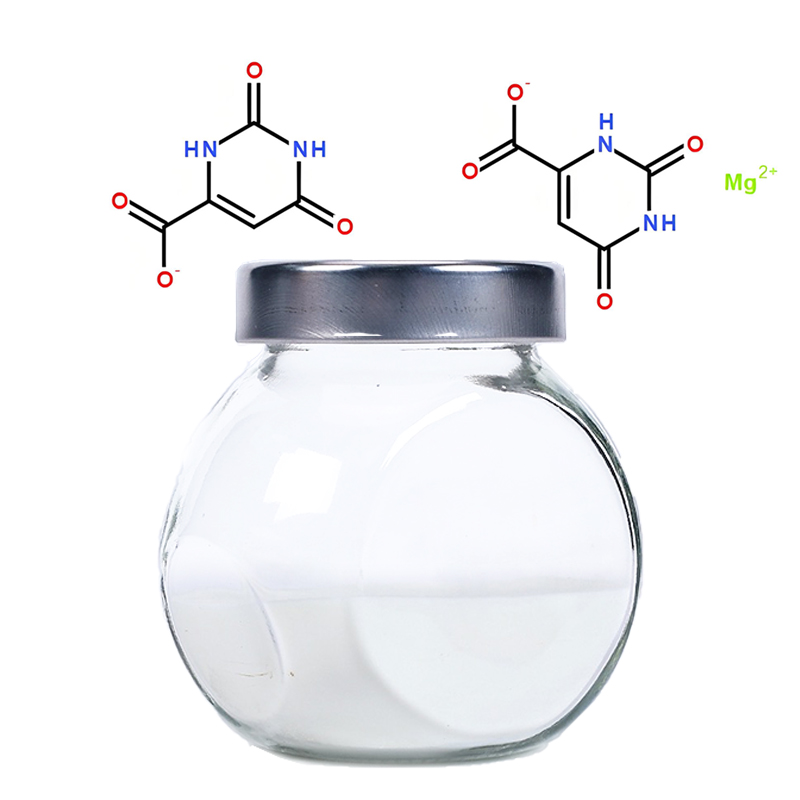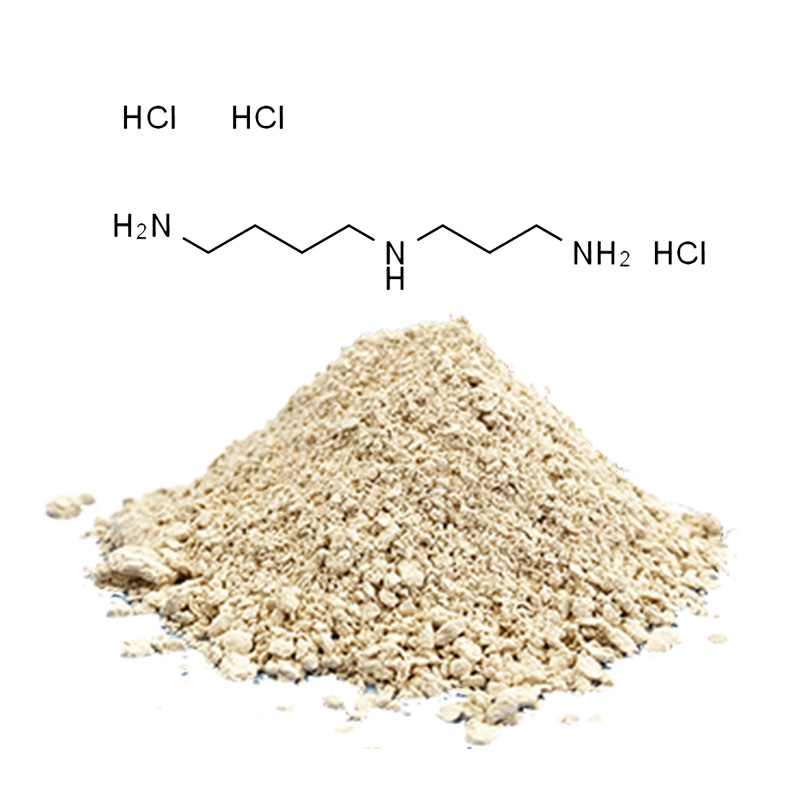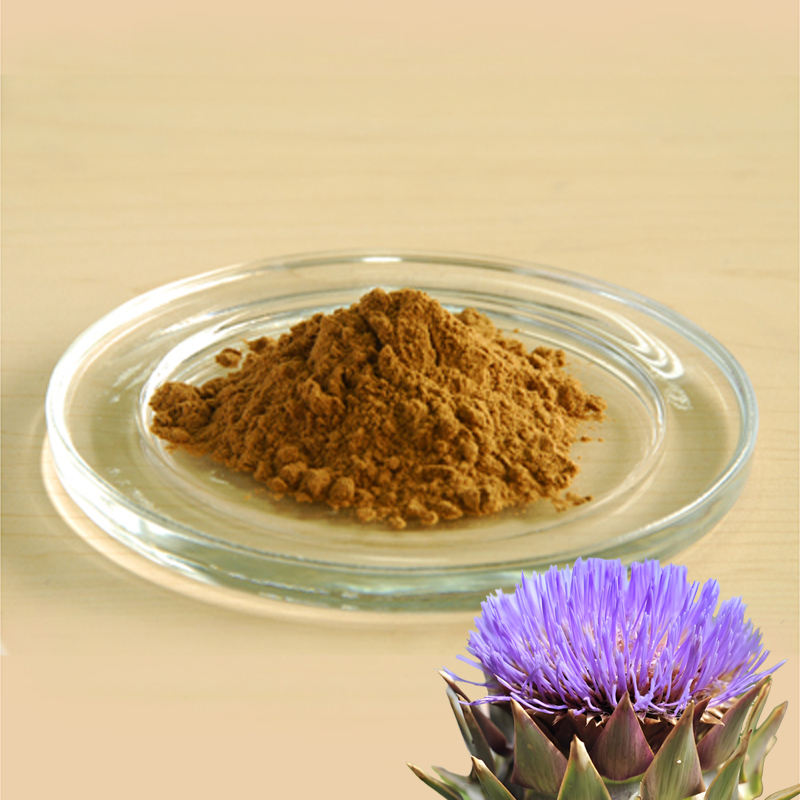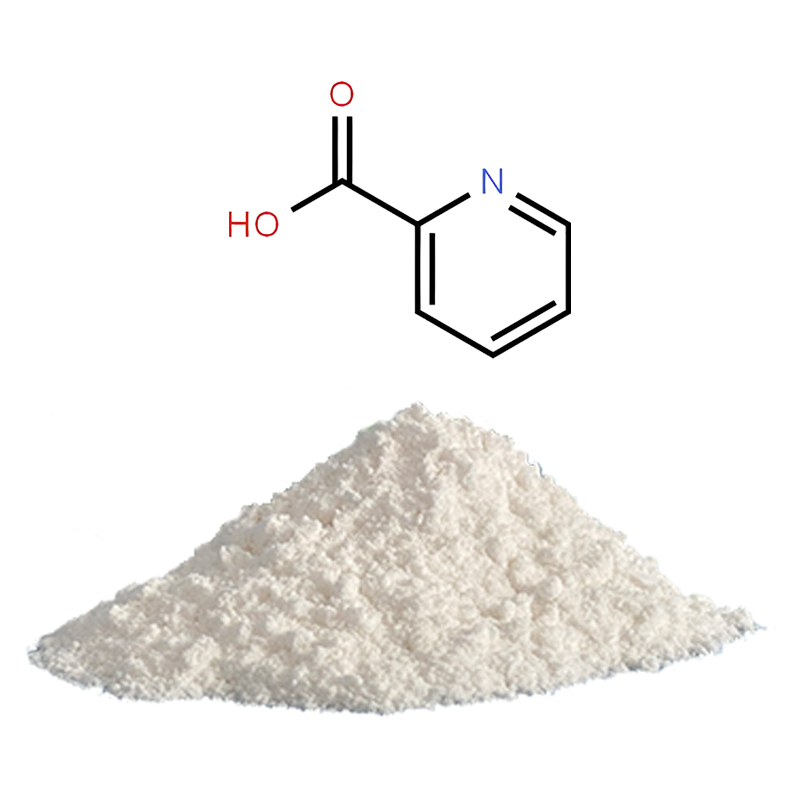
Product
-
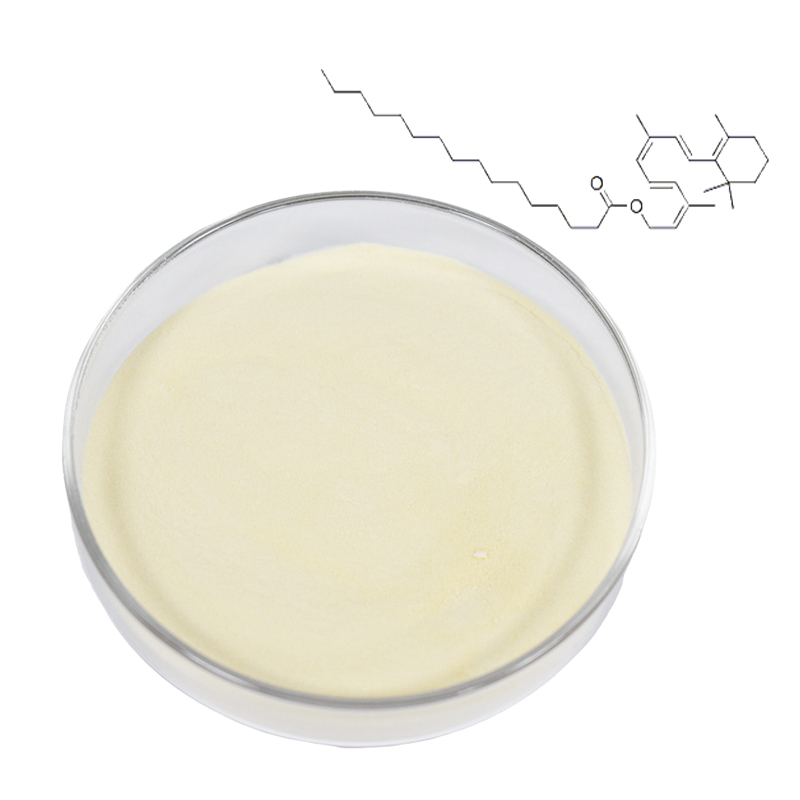
Vitamin A Palmitate
-

Troxerutin
-
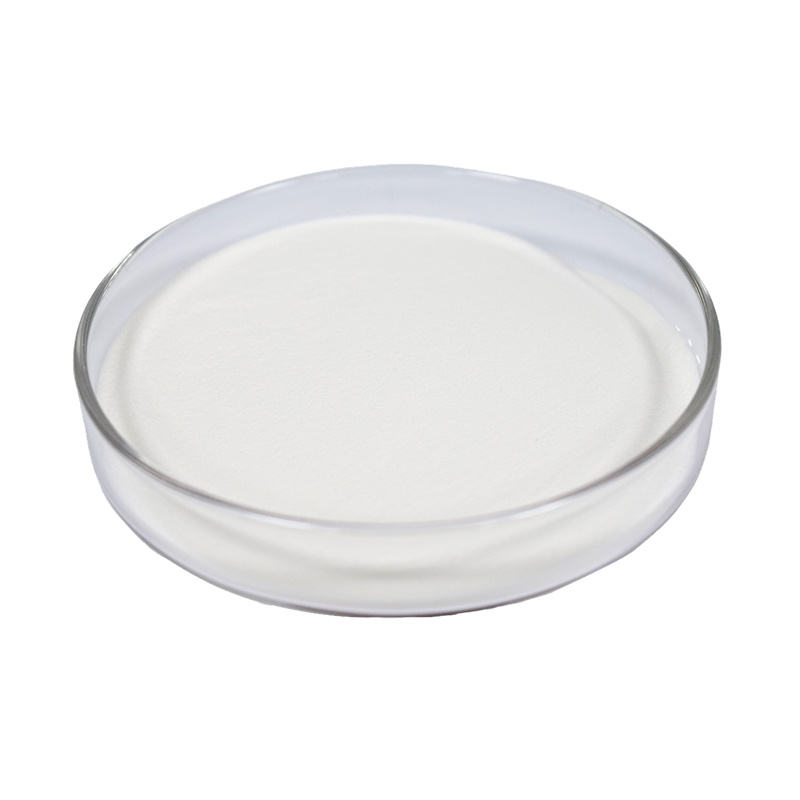
Coconut Oil Powde
-

Palmitoylethanolamide (PEA)
-
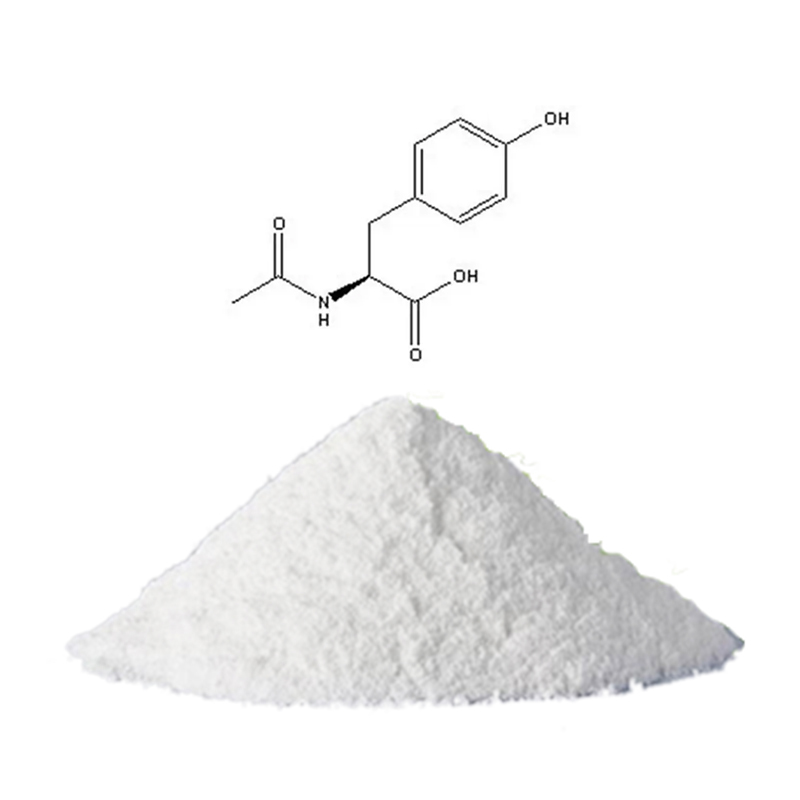
N-Acetyl-L-Tyrosine
-
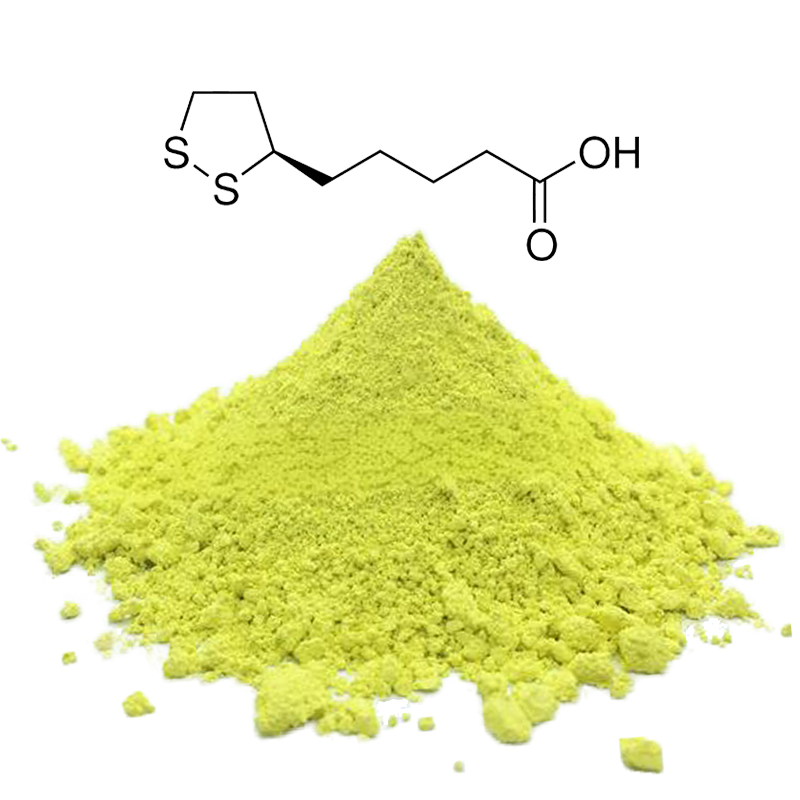
Alpha-Lipoic Acid
-
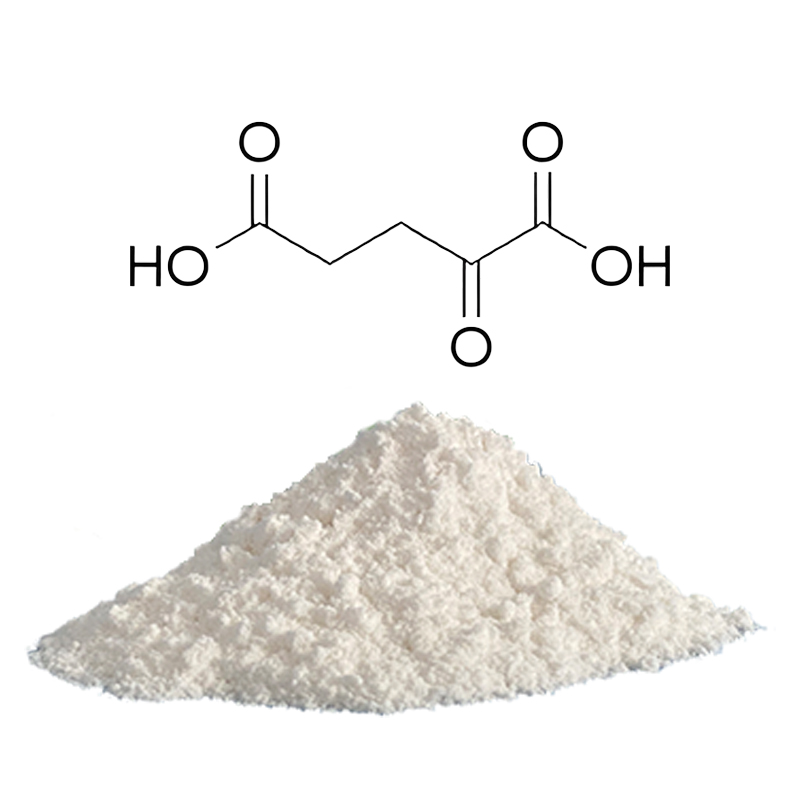
α-Ketoglutaric Acid
-
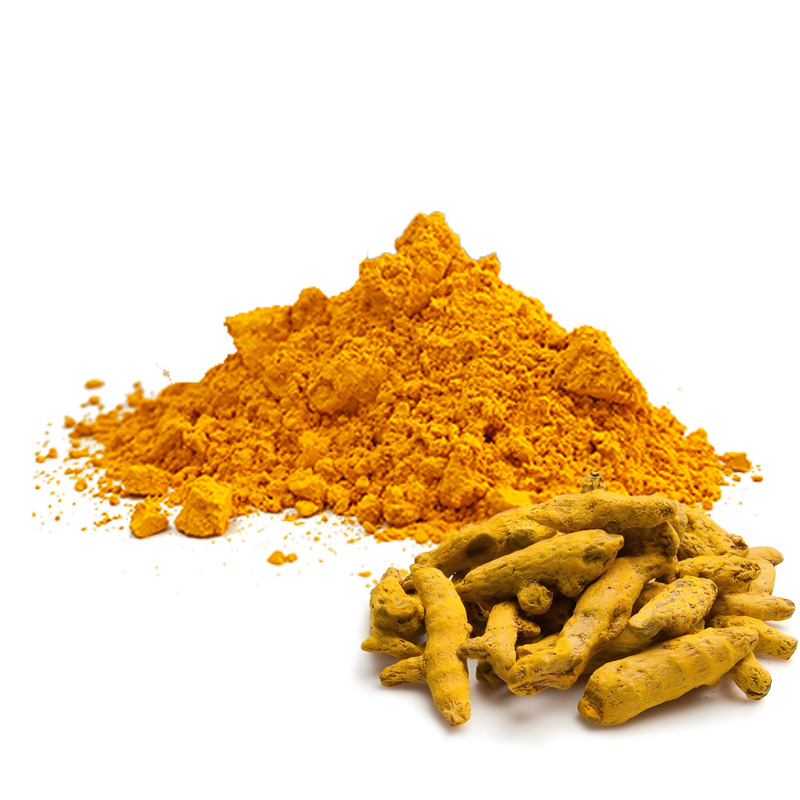
Turmeric Extract
-
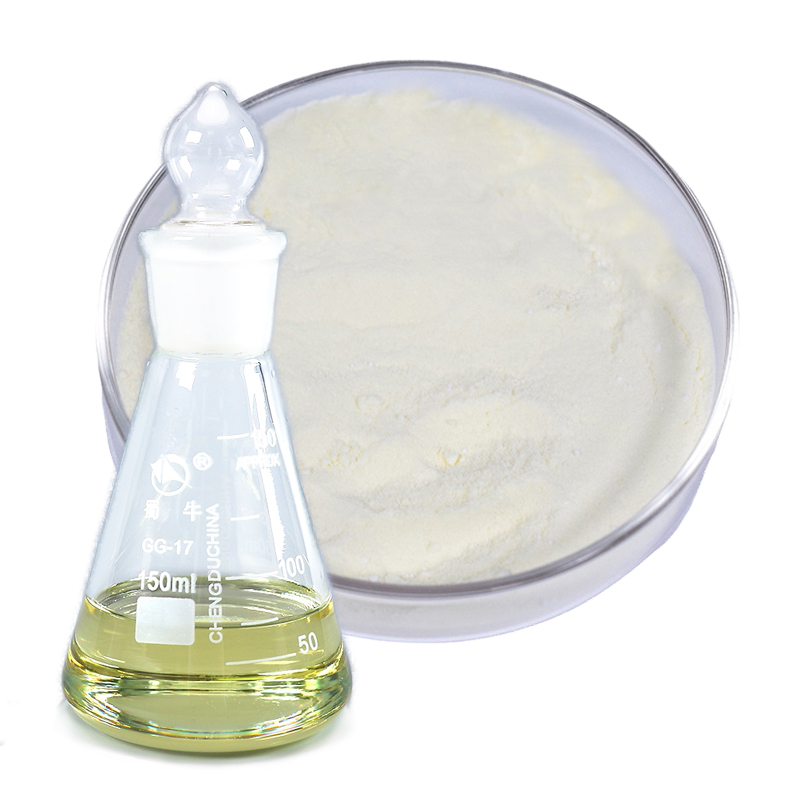
Vitamin D3
-

N-Acetyl-DL-Methionine
-
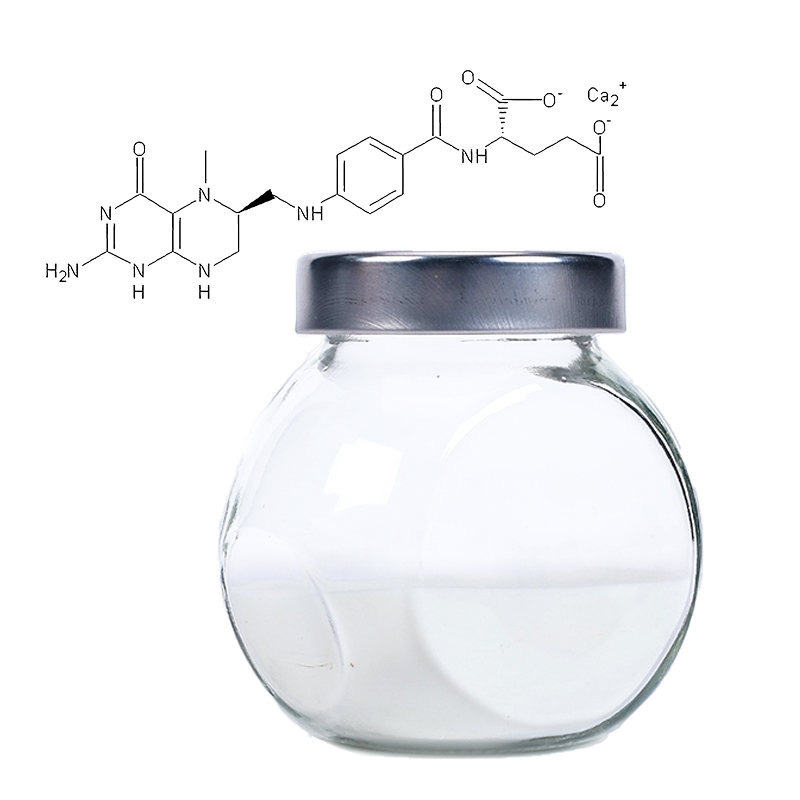
L-5-Methyltetrahydrofolate Calcium
-

L-Rhamnose
-
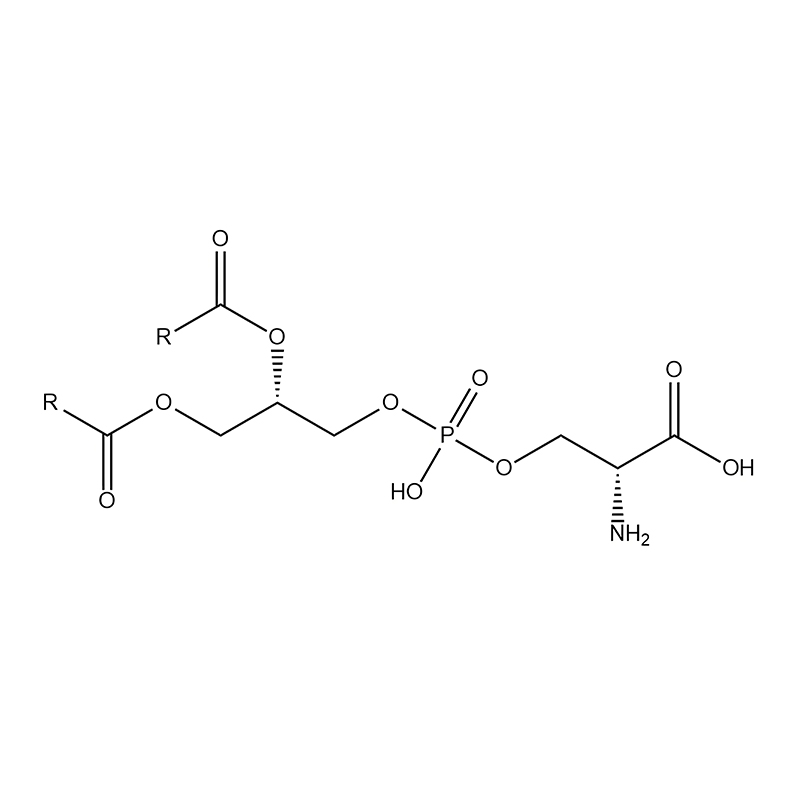
Phosphatidylserine
-
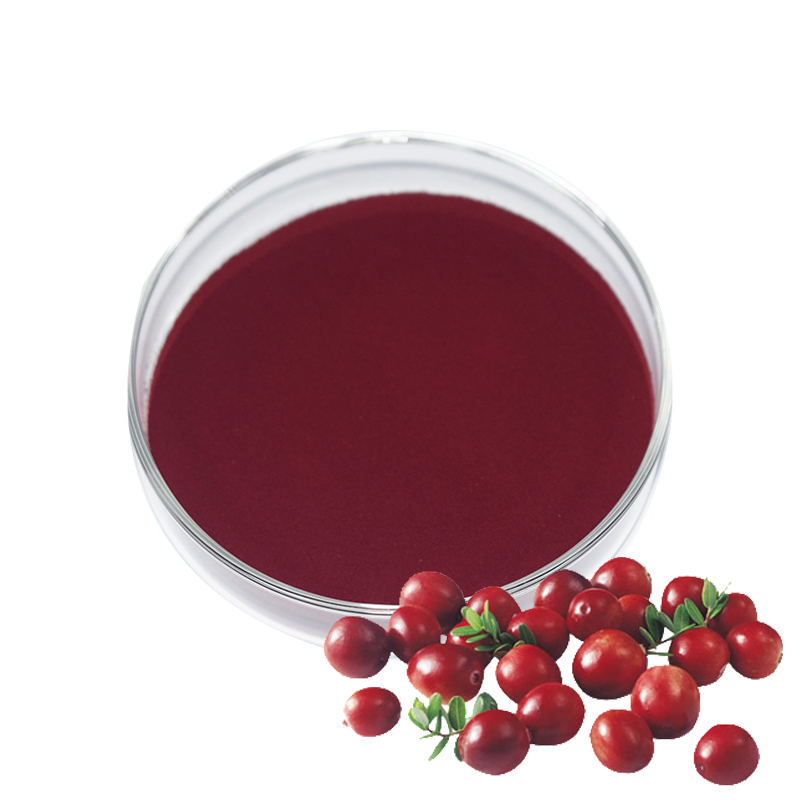
Cranberry Extract
-
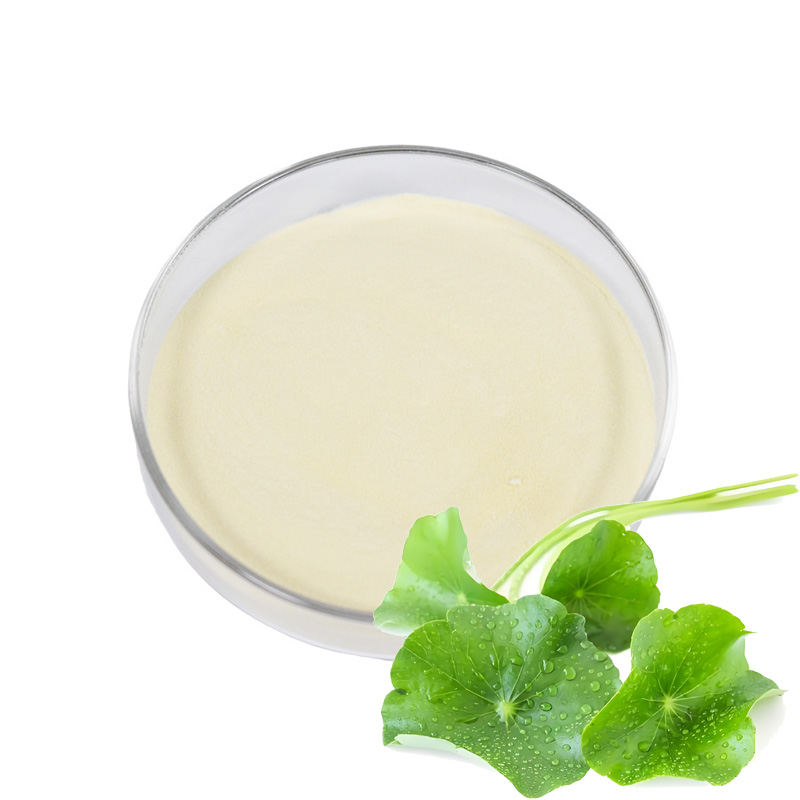
Gotu kola Extract
-
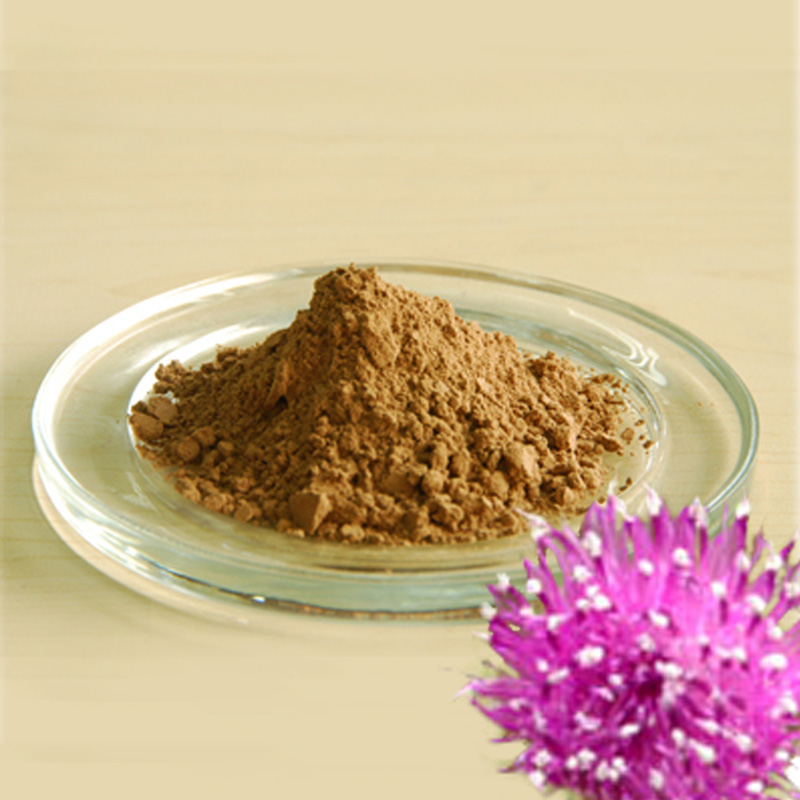
Milk Thistle Extract
Pine Bark Extract
Latin Name: Pinus massoniana Lamb
Specification: Proanthocyanidins (OPCs) 90% – 95% by UV
Описание
маркер
Pine Bark Extract
Latin Name: Pinus massoniana Lamb
Specification: Proanthocyanidins (OPCs) 90% - 95% by UV
Pine bark extract, derived from Pinus massoniana, a species of pine tree native to China, is known for its high concentration of proanthocyanidins (OPCs), which are the primary active compounds in the extract. This potent extract is standardized to contain between 90% and 95% proanthocyanidins, as measured by UV spectrophotometry.
Proanthocyanidins are a group of bioactive flavonoids that have gained significant attention for their powerful antioxidant properties. These compounds are effective in neutralizing free radicals—unstable molecules that can damage cells and contribute to various chronic diseases and aging processes.
Key Components:
- Proanthocyanidins (OPCs)
- Flavonoids
- Tannins
Functions and Benefits
Pine bark extract, specifically its proanthocyanidins (OPCs), is renowned for its antioxidant properties. Here are the key benefits:
- 1.Potent Antioxidant Power:
Proanthocyanidins have 20 times the antioxidant power of Vitamin Cand 50 times the antioxidant power of Vitamin E, making them highly effective in combating oxidative stress. - 2.Free Radical Scavenging:
OPCs are highly effective in neutralizing free radicals, which play a significant role in causing degenerative diseases, cardiovascular issues, and vision problems. - 3.Support for Cardiovascular Health:
By reducing oxidative damage to blood vessels and improving blood flow, pine bark extract may help prevent heart diseaseand reduce the risk of high blood pressure and atherosclerosis. - 4.Improvement of Visual Health:
OPCs can help protect the retinaand ocular blood vessels, potentially improving vision clarity and reducing the risk of age-related macular degeneration (AMD) and other eye diseases. - 5.Anti-Aging Effects:
Due to its antioxidant effects, pine bark extract may play a role in preventing skin aging, sun damage, and wrinkles, promoting healthier, more youthful skin. - 6.Sunburn Prevention:
Pine bark extract has been studied for its ability to reduce the harmful effects of UV exposure, providing potential protection against sunburnand skin damage from UV radiation. - 7.Anti-inflammatory and Immune Support:
In addition to its antioxidant effects, OPCs have anti-inflammatory properties that can help in managing inflammatory conditions and boosting the immune system.
Applications:
- Skin Care: Used in products targeting skin aging, sun protection, and overall skin health.
- Cardiovascular Health: Incorporated into formulations to support heart health and vascular function.
- Eye Health: Used to protect and improve vision, particularly for conditions related to aging and oxidative damage.
Health Conditions Treated with Pine Bark Extract
- Cardiovascular Diseases: Including high blood pressure, atherosclerosis, and coronary artery disease.
- Eye Health Issues: Such as blurry vision, macular degeneration, and other age-related vision problems.
- Skin Aging and Sun Damage: Acts as a preventive measure for premature agingand skin damage caused by UV radiation.
- Inflammation: Useful for conditions like rheumatoid arthritisand chronic inflammation.
- Oxidative Stress: Helps combat oxidative stress linked to various chronic diseases and aging.
Conclusion
Pine bark extract (Pinus massoniana) is a powerhouse of antioxidants, especially due to its high concentration of proanthocyanidins (OPCs). The extract offers broad health benefits, from supporting cardiovascular health to improving visual function and slowing the signs of aging. With its antioxidant capabilities being significantly stronger than both Vitamin C and Vitamin E, pine bark extract is an excellent natural solution for combating oxidative stress and related health conditions.








